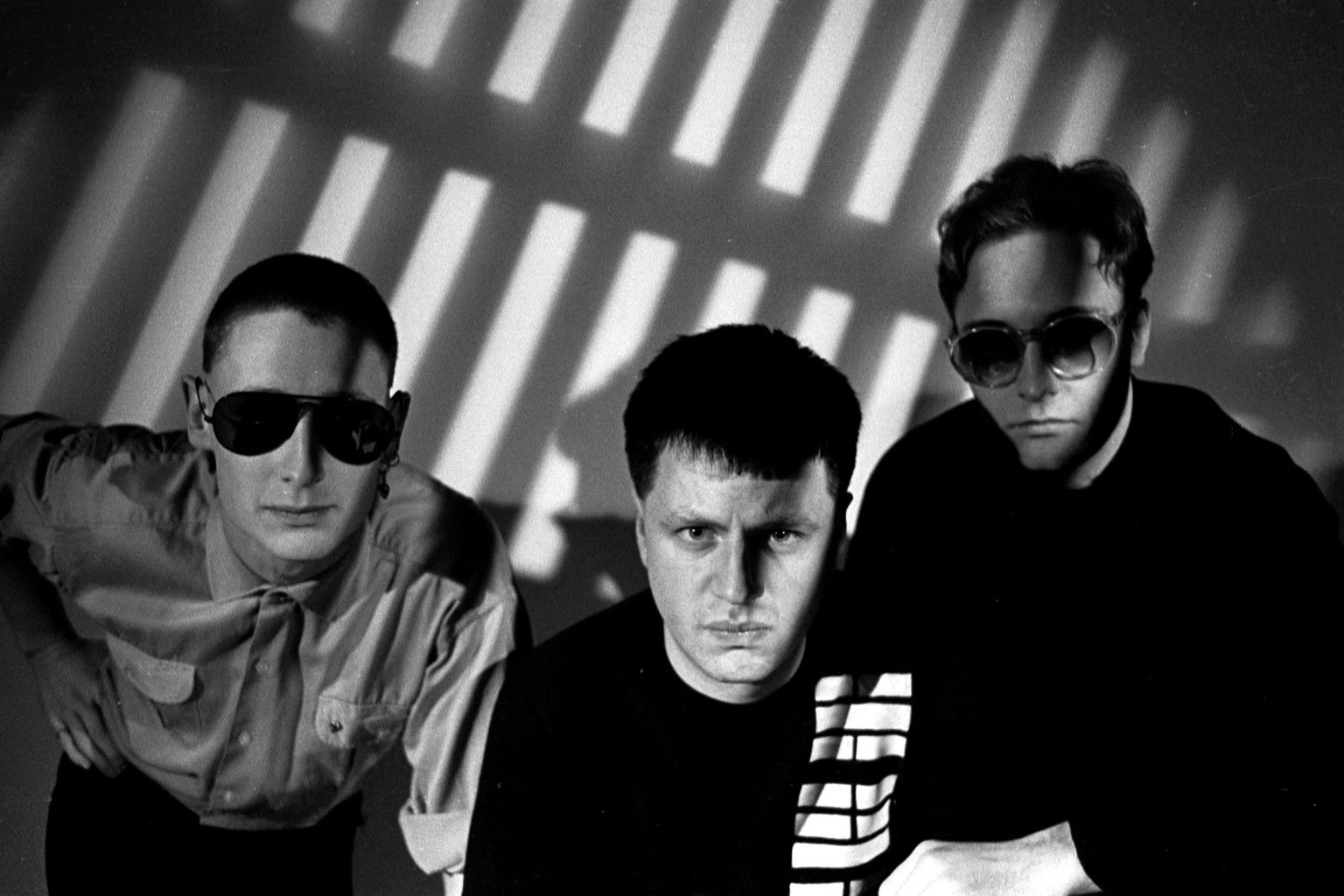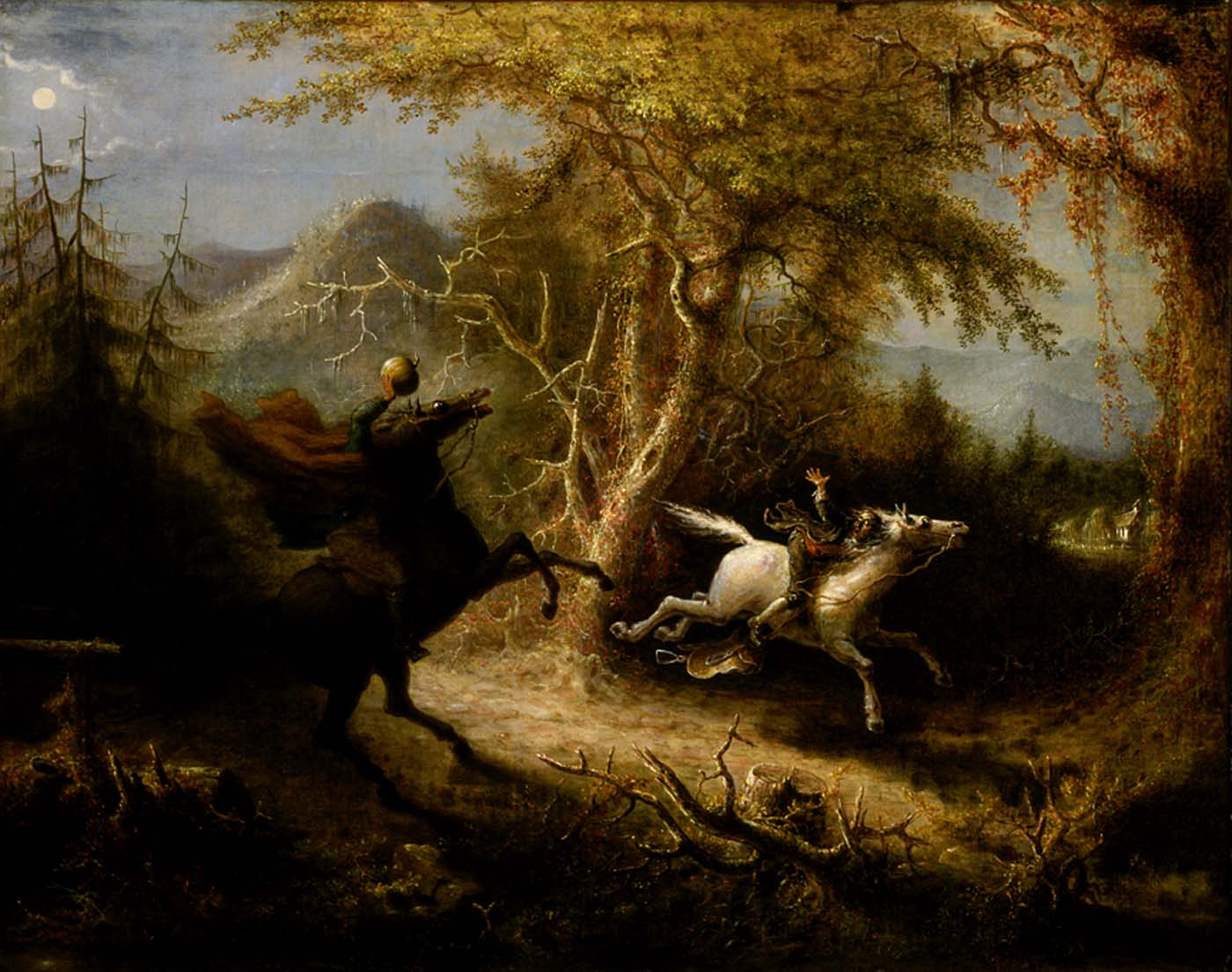WEST LONG BRANCH, N.J. – EBM is electronic body music, a term coined by the formidable band Front 242, which saw a rapid rise through the musical ranks in the early 1980’s. Their signature sound, which is a blend of industrial and synthesized dance beats, along with a powerful live performance, helped build their status with a niche audience in Europe and later in the United States.
In the musical realm of dance, today’s generation is blessed to be saturated with a plethora of clubs, world-wide festivals, artists and DJ’s to fulfill their desire to dance the night away. As disco waned in the 70’s, music was beginning to be produced with synthesizers, sequencers and drum machines.
Amid this revolutionary means to produce music, the German band Kraftwerk played a vital role with the beginnings of this approach with their avant-garde style of electronic/synth-pop/trance/ambient music. Then along came the Belgian duo taking on the band name Front 242 headed by Daniel B. (Daniel Bressanutti) and Dirk Bergen, and the birth of Electronic Body Music (EBM) arrived.
Front 242 released their first single, “Principles,” with the explosive hit “Body to Body” in 1981. The group propelled to international popularity in 1987 when they released the albums “Backcatalogue” and “Official Version,” via the U.S. record label Wax Trax.

Then in 1982, two new members came on board: Patrick Codenys – keyboards and Jean-Luc De Meyer – vocals. One year later, Bergen exited the group and Richard 23 (Richard Jonckheere), stage performer and vocals, rounded out the band. A later addition to the group was Tim Kroker, as the live drummer and guest musician.
Subsequently, a bevy of Euro-pop and new wave bands topped the dance charts, like Depeche Mode and Pet Shop Boys. While the aforementioned groups were quite successful and had a more universal appeal, Front 242’s style fell into a darker, underground genre labeled ‘industrial’ or a ‘dance variant,’ which was favored by those inclined to alternative sub-cultures.
Industrial music has a heavily aggressive, industrious mix of deep, boosted guitar and a variety of percussions usually coming from or blending with sounds of steel, metal and iron, and infiltrating a darker and mostly angst-fueled rhythm and lyrics. Incidentally, this music genre interbred fluidly with the goth scene.
As a spin-off from the hardness of industrial music, Front 242 evolved to have more rhythmic synth beats and a very danceable structure, emphasizing a cleaner sound with the vocals and overall production. There was also innovative sampling of media from film and TV, cleverly injected into a number of songs.
Front 242 always had a strong vision of their image and musical expectations and welcomed experimenting with new and intricate ways to produce music. They set the standards of the EBM genre and became synonymous with the actual term, especially in reference to the early to mid-80s era, when it gained prominence.
Their last release, in 2003, of the EP’s “Still & Raw” and “Pulse” showed a maturing group honing its 20 years of craft into a dreamier cascade of music and lyrics, while keeping the electronic basis at its foundation. In these albums, Front 242 further defined their style as an unparalleled rhythmic, melodious synth-vibe that sends undeniable waves throughout the body (hence why this genre is called EBM).
Front 242’s work has been covered or remixed by many noteworthy acts, including Prodigy, The Orb and Underworld. Further, each member has his own artistic and/or musical side project, which began even in the early days of the group’s union.
The lead vocalist, Jean-Luc De Meyer, has always stayed busy within the industry, collaborating with groups such as Cyber-Tech, Cobalt 60, Birmingham 6 and Modern Cubism.
Although Front 242 have not officially regrouped to make new music, they still exist as a force in coming together for specialized tours or festivals mostly in European countries (i.e., Germany, Belgium, Spain and Mexico).
Those who are lucky enough to have seen the group (a Belgian performance of their’s from 2013, for instance) cannot help but notice the truly marvelous synergy that the group exudes. If interested, you can view the posted, firsthand video of Front 242 at the Vilvoorde Festival in Belgium (below). The first song in the clip is the dance-club hit single “Headhunter” which segues into “Take One.”
Today’s big underground dance movement may be EDM (Electronic Dance Music), which is primarily a DJ-driven production (think Swedish House Mafia and Deadmau5) – and solidly successful by its own merit. However, if one is a music adventurist who wishes to go back to the roots of electronic dance, it would be highly advisable to explore the sound of Front 242 (or their spin-offs). They have a wide range of layering, subtext, and emotion to add to progressive musical creation.
Video by Bounlad Phengsom.




